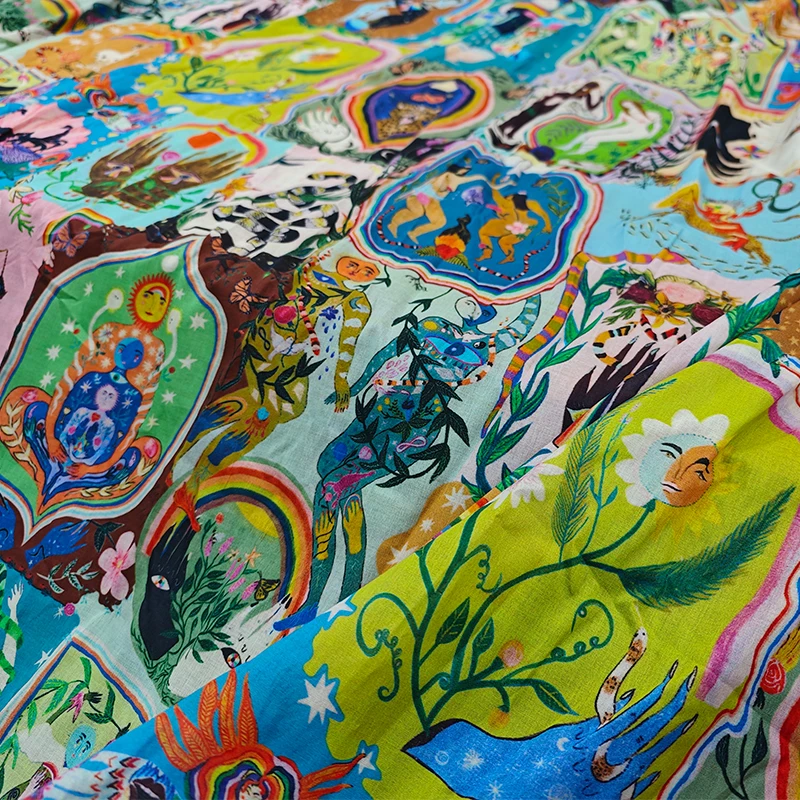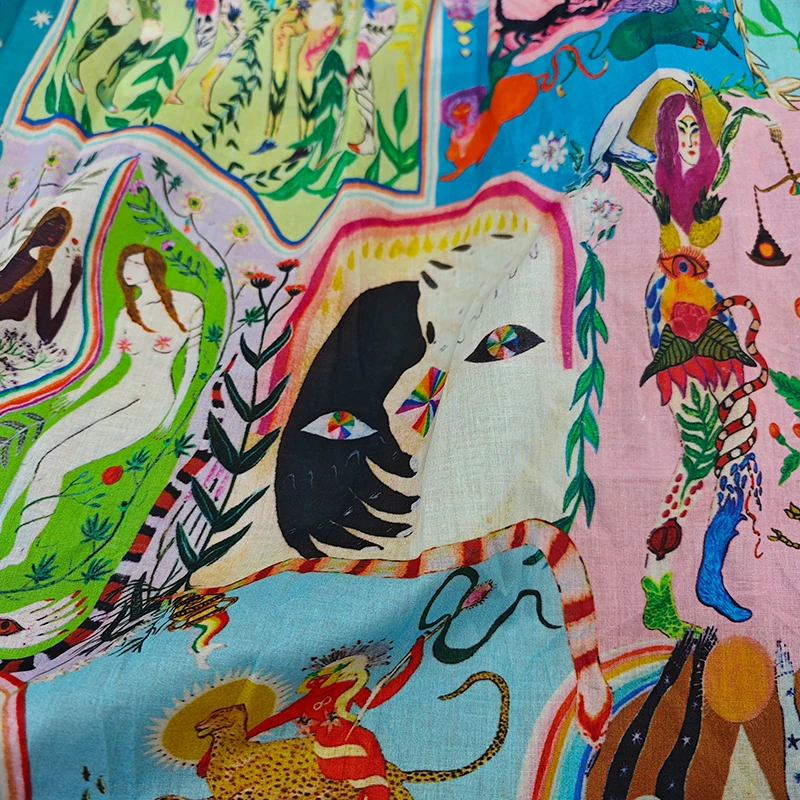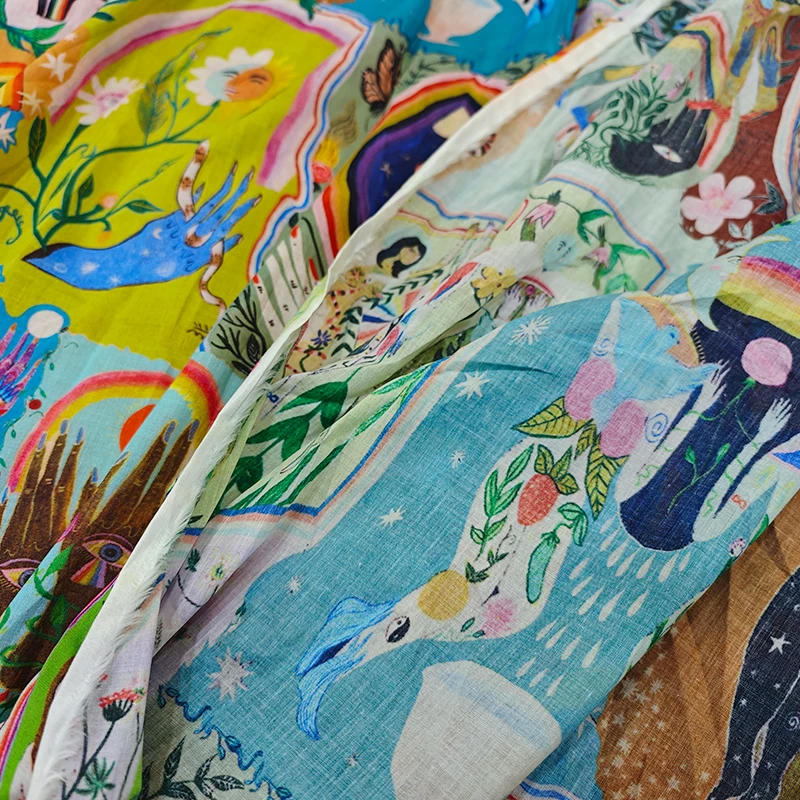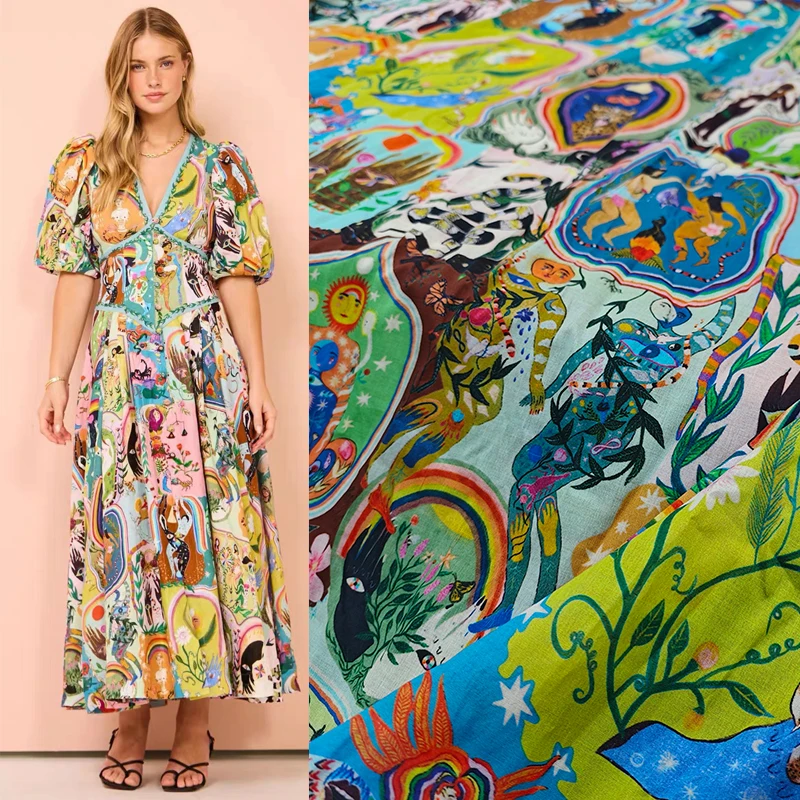Introduction: The Curious Case of Modal Fabric
In the ever-evolving world of textiles, new fabrics continually emerge, designed to meet specific needs and preferences. Among these, modal fabric has gained considerable attention for its unique properties and myriad applications. Often touted for its softness and environmental benefits, modal is making waves in the fashion and textile industries. But what exactly is modal fabric? This question is at the core of our exploration in this article. From its origins and production process to its benefits and applications, we will delve into every facet of this extraordinary material.

The Origins of Modal Fabric
Modal fabric has its roots in the mid-20th century when it was first developed by the Austrian company Lenzing AG. Modal is a type of rayon, a semi-synthetic fiber made from cellulose. Unlike traditional rayon, however, modal is derived from beech tree pulp and undergoes a distinct production process that enhances its properties. The term “modal” refers to this specific type of rayon that is known for its finer, softer, and more durable qualities compared to other forms of rayon. The development of modal fabric was driven by the desire to create a material that combined natural softness with the practical benefits of synthetic fibers.
The Production Process: From Beech Trees to Fabric
The production of modal fabric begins with sustainably harvested beech trees. These trees are primarily found in Europe, and their pulp is the raw material for modal fibers. The pulp undergoes a series of chemical treatments to extract cellulose, which is then spun into fibers. This process is known as the “viscose” method, but modal production involves additional steps that enhance the fiber’s strength and softness. Notably, Lenzing AG employs a closed-loop process that recycles water and solvents, significantly reducing the environmental impact. Once the fibers are ready, they are woven or knitted to create modal fabric, prized for its luxurious feel and durability.
Characteristics of Modal Fabric
Modal fabric is renowned for its exceptional characteristics that set it apart from other textiles. One of its most notable features is its incredible softness, which feels almost silk-like to the touch. This softness makes modal an excellent choice for clothing that comes into direct contact with the skin, such as underwear and loungewear. Another key characteristic is its strength and durability; modal fibers are highly flexible and can withstand repeated washing without losing their integrity. Furthermore, modal fabric is highly breathable and moisture-wicking, making it ideal for activewear and garments intended for warm climates. These properties collectively contribute to modal’s growing popularity in various sectors of the textile industry.
Environmental Benefits of Modal Fabric
In today’s eco-conscious world, the environmental impact of fabric production is a paramount concern. Modal fabric stands out for its relatively low environmental footprint compared to other textiles. The beech trees used in modal production require less water and pesticides than cotton, making them more sustainable. Additionally, the closed-loop production process employed by companies like Lenzing AG ensures that chemicals and water are recycled and reused, minimizing waste and pollution. This environmentally friendly approach makes modal a compelling choice for consumers seeking sustainable alternatives. Moreover, modal fabric is biodegradable, further enhancing its appeal from an ecological standpoint.
Comparing Modal to Other Fabrics
When comparing modal to other fabrics, several distinctions become apparent. Cotton, for instance, is a natural fiber known for its comfort and breathability, but it requires substantial water and pesticide use, raising environmental concerns. Polyester, a synthetic fiber, is durable and moisture-wicking but lacks the softness and eco-friendliness of modal. Traditional rayon shares some similarities with modal in terms of softness, but modal’s enhanced production process results in a stronger, more resilient fiber. Bamboo fabric, another sustainable option, is often compared to modal; however, bamboo’s production process can be less eco-friendly unless explicitly certified as sustainable. These comparisons highlight modal’s unique positioning as a fabric that balances softness, durability, and environmental responsibility.
Applications of Modal Fabric in Fashion and Beyond
Modal fabric’s versatility allows it to use in a wide range of applications, particularly in fashion. Its softness and breathability make it an excellent choice for intimate apparel, such as underwear, bras, and sleepwear. Many brands also utilize modal in activewear due to its moisture-wicking and cooling properties. Additionally, modal is increasingly incorporate into casual and formal wear, offering a luxurious feel and elegant drape. Beyond fashion, modal has applications in home textiles, including bed linens and towels, where its comfort and absorbency highly value. The adaptability of modal fabric ensures its continued relevance and expansion across various industries.

Caring for Modal Fabric: Maintenance Tips
One of the advantages of modal fabric is its ease of care, contributing to its practicality as a textile choice. While modal is durable and resilient, following specific care instructions can extend its lifespan and maintain its softness. Modal garments are typically machine washable, but using cold water and a gentle cycle recommend preserving the fibers. Avoiding high heat during drying is also crucial; air drying or using a low-heat setting in the dryer is ideal. For those concerned about wrinkles, modal’s wrinkle-resistant nature often means little to no ironing require. By adhering to these care practices, you can enjoy the benefits of modal fabric for many years.
The Economic Aspects: Cost and Value
Modal fabric often considering a premium material, and its cost reflects its superior qualities and sustainable production process. While it may be pricier than conventional fabrics like cotton or polyester, many consumers find the investment worthwhile due to modal’s long-lasting softness and durability. The cost of producing modal, including sustainable harvesting and the closed-loop production process, contributes to its higher price point. However, when factoring in the fabric’s longevity and reduced environmental impact, modal offers excellent value for both consumers and the planet. Brands that prioritize quality and sustainability are increasingly incorporating modal into their collections, recognizing its appeal to discerning and eco-conscious customers.
Challenges and Considerations
While modal fabric boasts numerous benefits, it is not without challenges and considerations. The production of modal still involves chemical processing, which, despite the closed-loop system, raises concerns for some consumers. Additionally, modal’s higher price can be a barrier for budget-conscious individuals. There’s also the issue of market authenticity; not all modal create equal, and verifying the sustainability claims of different brands can be challenging. Furthermore, modal’s blend with other fibers can affect its properties and performance. These factors highlight the importance of being an informed consumer, researching brands, and making choices aligned with personal values and needs.
Innovations and Future Trends in Modal Fabric
The future of modal fabric looks promising, with ongoing innovations aimed at enhancing its properties and sustainability. One significant trend is the development of modal blends, combining modal with other eco-friendly fibers like organic cotton or recycled materials to create hybrid fabrics that offer the best of both worlds. Technological advancements also focus on improving the efficiency and environmental impact of modal production, such as alternative, less chemical-intensive processing methods. As awareness of sustainable practices grows, the demand for modal and other eco-friendly textiles is likely to increase, driving further research and innovation. The fashion industry’s shift towards circular economy principles will also play a crucial role in shaping the future landscape of modal fabric.

Conclusion: Embracing Modal for a Better Future
Modal fabric represents a fascinating intersection of nature, technology, and sustainability. Its unique properties and environmental benefits make it a valuable addition to the textile industry, appealing to both consumers and brands committed to quality and eco-friendliness. By understanding what modal fabric is and the advantages it offers, we can make more informed choices that align with our values and contribute to a more sustainable future. From its soft, luxurious feel to its responsible production process, modal has much to offer, and its continued innovation promises even greater benefits. As we embrace fabrics like modal, we move closer to a world where comfort, quality, and sustainability coexist harmoniously.









